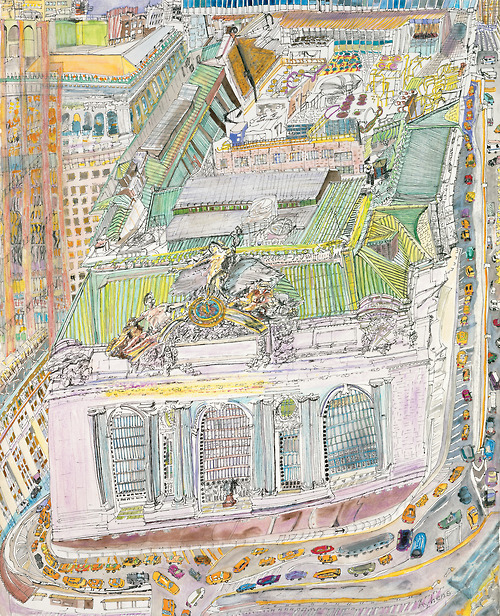Shopping as a Moral and Environmental Complexity.
It is possible that not shopping is the most environmentally moral thing to do, which is to say not to do. It is also possible that most of us spend a good bit of time shopping. Shopping is the exchange of money for goods. Sometimes, though, shopping is just the exchange of money for things, some of which are good and others of which are less good. A good or a thing is not good in and of itself. It is good according to the amount of distance it had to travel to get to you and you had to travel to get to it.
That tent I bought at the last minute at Wal-Mart’s on a rainy Memorial Day weekend was surely good when the rain poured down on the 32 people I had invited to my back yard for my husband’s 65th birthday party. I realized that Friday afternoon that rain was forecast for the Saturday of Memorial Day at nearly the exact time that my guests were arriving. I went “on line” and tried to rent a tent. I was too late for a rental. Duh. I went “on line” again and discovered that the kind of tent I could have rented for 125.00 (had I been better organized weather wise speaking) was on sale for $99.00 at Wal-Mart in Fishkill. The location, as many of you know, is on the dreaded Route 9, which not only involves driving but also involves traffic, especially on a Friday on a holiday weekend. Thus I added my car’s idle to my not idle pursuit of protection for my party from the rain. It took me two hours to make the trip from Hopewell to Wal-Mart’s, in and out, including the idle. At Wal-Mart’s I found the tent quickly enough but did not find an attendant to help me carry it out quickly. When I finally did, the gentleman was most helpful. I wondered how he could be so cheerful making the lowest possible hourly wage at a big box store. But he was both cheerful and helpful.
I had never been to a Wal-Mart’s before. I have my reasons. They have to do with whole cost accounting, an environmental concept that comes from the Pope’s assertion that the economy and the environment are nested and from a Canadian named Hazel Henderson, who insists that we look at the whole journey of a thing to us. Wal-Mart’s pays people too little, giving me a non-bargain. I am a part of them. There is indeed no them, economically or ecologically. There is only a we. Whole cost accounting also addresses our carbon footprint. I don’t know where that tent was made or who made it. I don’t know if they were paid well or not. I do know that the tent came in a big truck and was probably assembled in China or somewhere equally far away from Route 9 on Fishkill. It had a big carbon footprint, in the same way that I increased mine by driving to purchase it.
In order of ascendancy, shopping is probably best done infrequently. Then again we can only grow so much of our own food. When done, though, shopping bargains are not necessarily bargains. Sometimes the more expensive and delicious strawberry yogurt at Hawthorne Valley Farm is better than the Greek kind that comes from far away. Why? Because you can see the cows and the people who milk them at Hawthorne Valley Farms. There are no trucks involved, unless you drive all the way to Ghent and turn right.
Shopping is also well done when you attend the fourth annual Summer market June 25 and 26 in Hudson. You can find out more about all the beautiful things that are going to aggregate there under a tent at HUDSONRIVEREXCHANGE.COM for more information. Of course, the closer you live to Hudson, or the more stops you make on your way, the better. Yard Sales join thrift stores in being morally excellent forms of shopping. You can also pick your own strawberries on the way, unless you get too diverted by too many yard sales. What’s good about a yard sale? The goods you buy are more good, meaning better, because they already paid their carbon footprint and somebody carried them physically out of the garage or cellar. In terms of whole cost accounting, they excel at being low priced forms of personal entertainment. Yes, sometimes we shop for entertainment too. Fun is a part of shopping’s moral quotient.
My tent needs a moral check-up. Now that I have it, and it is safely put away in my garage, I guess I’ll just have to throw more parties on rainy days. Or give somebody a real bargain at a yard sale in a decade or so.





